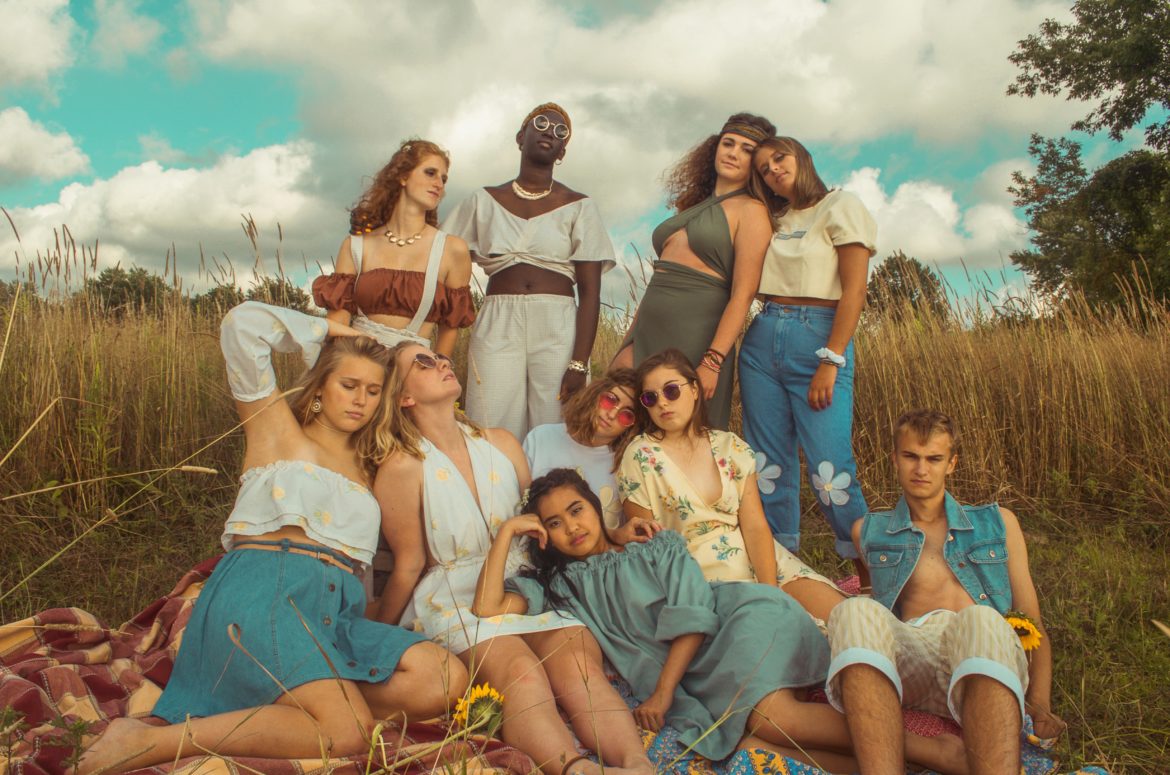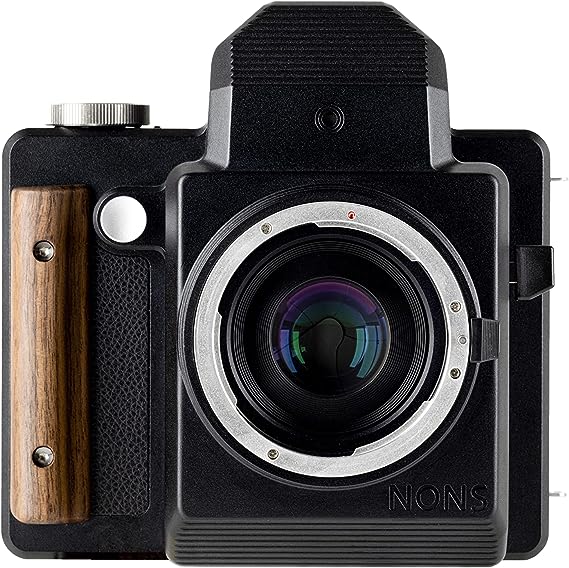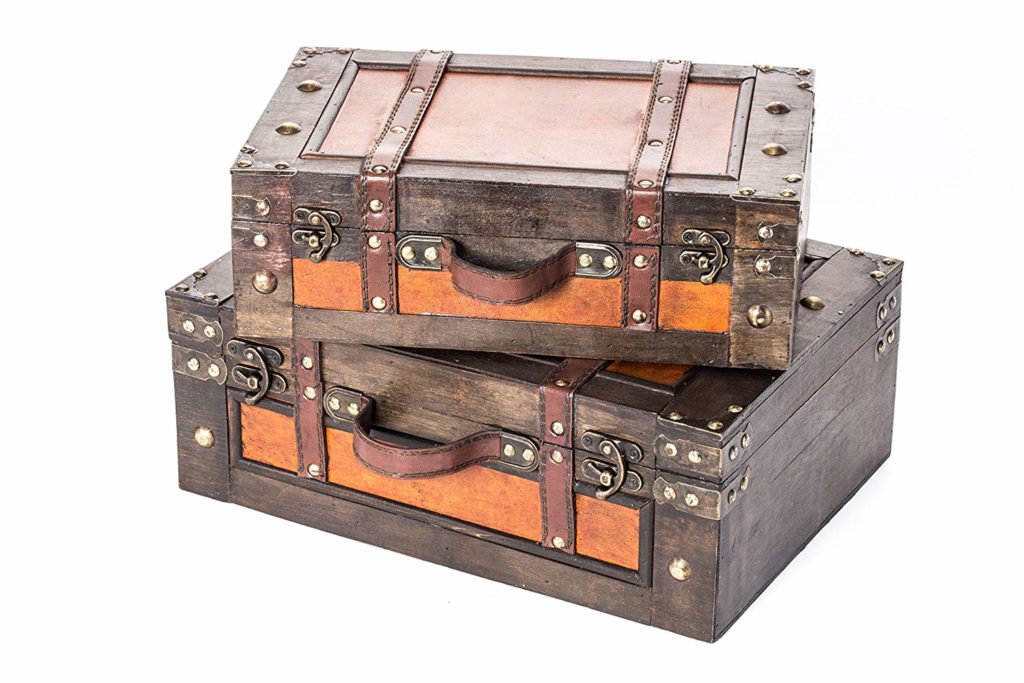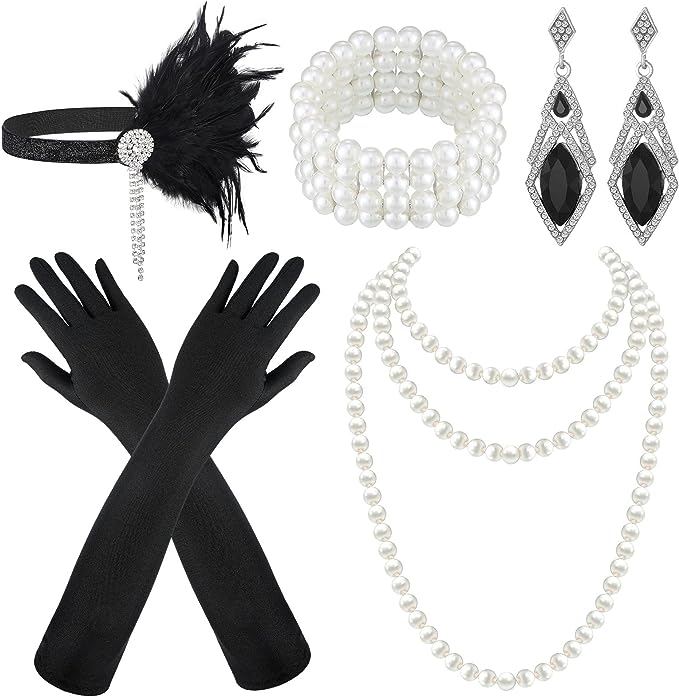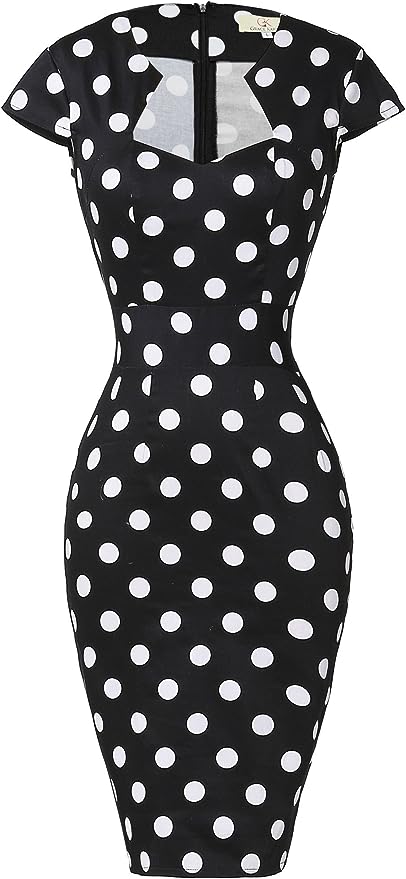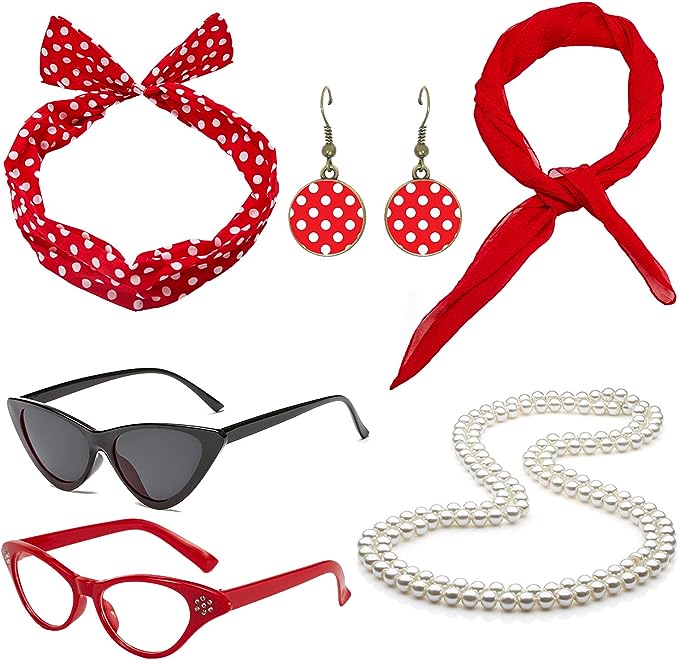Even with all the advances in photography, people love to see vintage-looking images. There’s something about a photo that looks like it was taken 30 or 40 years ago that gives it a little extra flair. Nostalgia is powerful and it can trigger our memories and feelings. Young couples are often choosing vintage photography styles for their wedding images because they look timeless and glamorous.
Vintage photography has seen a surge in popularity by not only hobbyists but professional photographers too. That style is not about applying a retro filter on your smartphone, it is much more than that. And besides, vintage photography is an incredibly fun and creative adventure to take in photography. So, just how do you go about creating vintage photography?
Pick the era that inspires you, find the right models, location, backgrounds, and props, and enjoy the process of paying homage to a specific aesthetic that is calling you. Here are some post-production ‘recipes’ and techniques to help you form your own ideas and techniques if you’re interested in producing photographs in the vintage style.
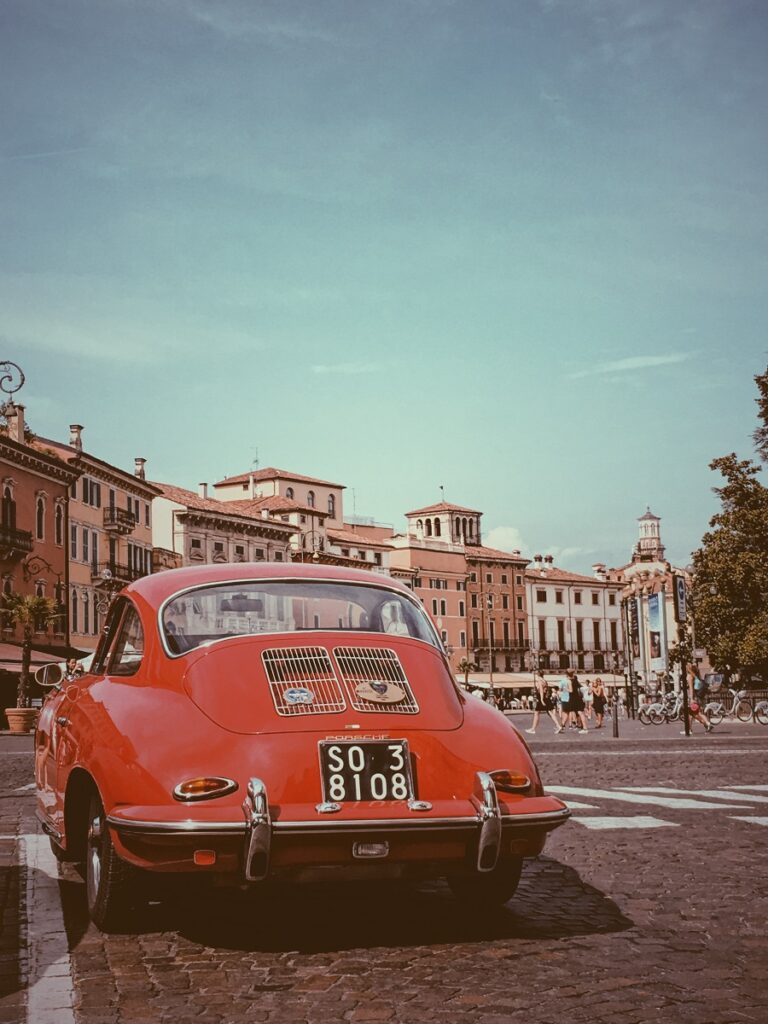
What is Vintage Photography?
What we are talking about in this article is a modern vintage photography style(or retro style). A style of photography that is meant to replicate the look and feel of old images. When we say old, we mean at least 20 years old and not more than 100, which we consider antique.
Knowledge nugget from Wikipedia for those interested in what is a vintage print in photography – A vintage print is the first print that the photographer makes immediately after developing a negative. Vintage prints are considered the original piece of art, as it is possible to arbitrarily obtain many copies from the same negative. This means that vintage prints are often signed by the photographer.
Now, when we get acquainted with the term vintage, let’s go to some practical tips on how to achieve a vintage-looking image.
Get nostalgic with a vintage aesthetic
Decide On the Type of Vintage Photography Style
Before you go into vintage photography, think about what is your goal. Do you want to add another photography skill to your repertoire, make vintage images just for fun and soul, or add a new service to your photography business? What era, mood, and feel do you want to learn how to recreate?
Consider what type of vintage photography you want to create, as there are many possibilities. Some of them are vintage fashion photography, vintage glamour photography, vintage wedding photography, vintage Christmas photography, vintage cars and street photography, etc. There is also a quirky little sidestep from vintage style photography called “new old”. Those would be images that are clearly shot today, with vivid and saturated colors, and studio lighting but fabricated to look old with the retro-looking subjects.
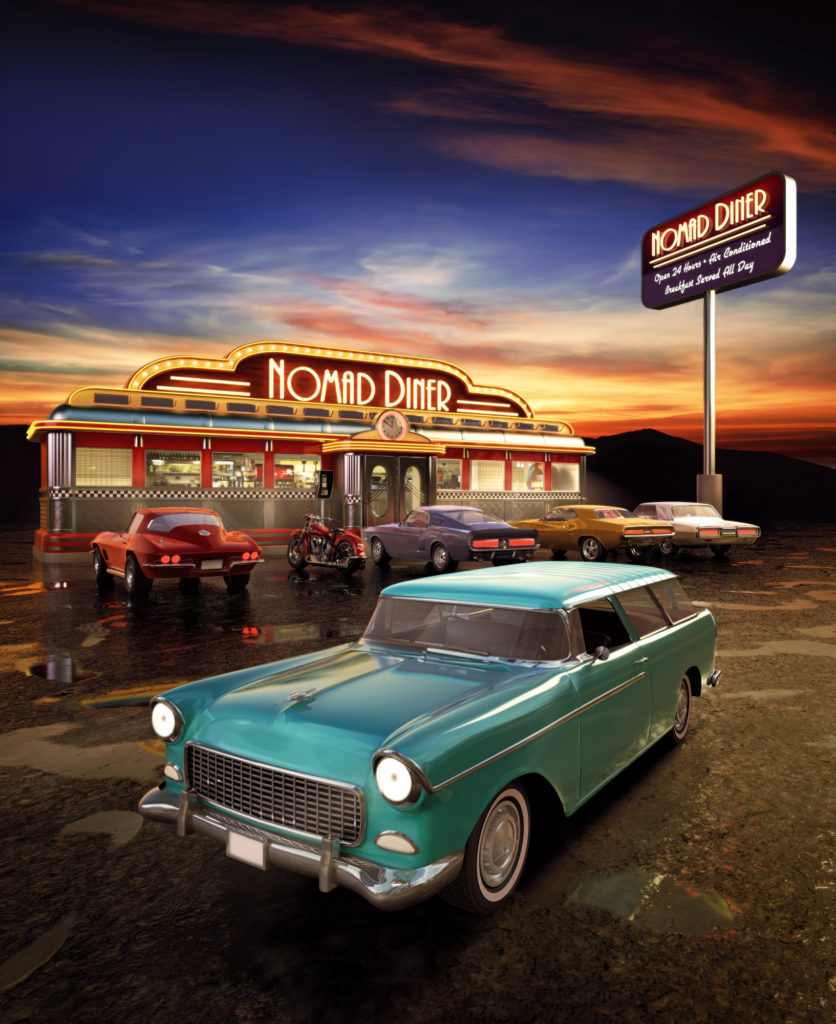
Instant Camera – Interchangeable Lens
Choose from a variety of retro looks
Step into a world of captivating retro aesthetics, where vintage charm takes center stage in your imagery. Vintage photography offers a rich tapestry of styles, each a portal to a distinct era in photographic history.
- Monochrome: Transform your images into timeless black-and-white classics, capturing the simplicity and elegance of bygone eras.
- Sepia: Embrace the warm, reddish-brown tones of sepia to evoke the nostalgia of old-fashioned photographic techniques.
- Tintype: Recreate the charm of metallic-tinted images with distinct vignettes, reminiscent of early photography on thin sheets of metal.
- Polaroid: Travel back to the 1970s with the iconic Polaroid aesthetic, featuring instant prints framed by signature white borders, exuding spontaneity and imperfection.
- Glitch and Grunge: Emulate the visual quirks and anomalies of vintage photographs, capturing the character of bygone imperfections.
- High-Quality Black and White Filters: Apply black and white filter-like presets to replicate the look of classic film photography.
- Overlay Effects: Add overlays to simulate the unique characteristics of older photographic processes.
- Vintage Film Look: Experiment with faded colors, light leaks, and vignettes to mimic the unpredictable yet charming effects of old cameras.
- Retro Color Tones: Infuse your images with distinct color tones from different eras to evoke specific nostalgic feelings.
- Faded Polaroids: Combine elements of the Polaroid style with faded colors and textures for an authentic retro appeal.
Each of these ideas offers a distinct approach to capturing the essence of vintage photography, allowing you to experiment and create a variety of captivating visual experiences.
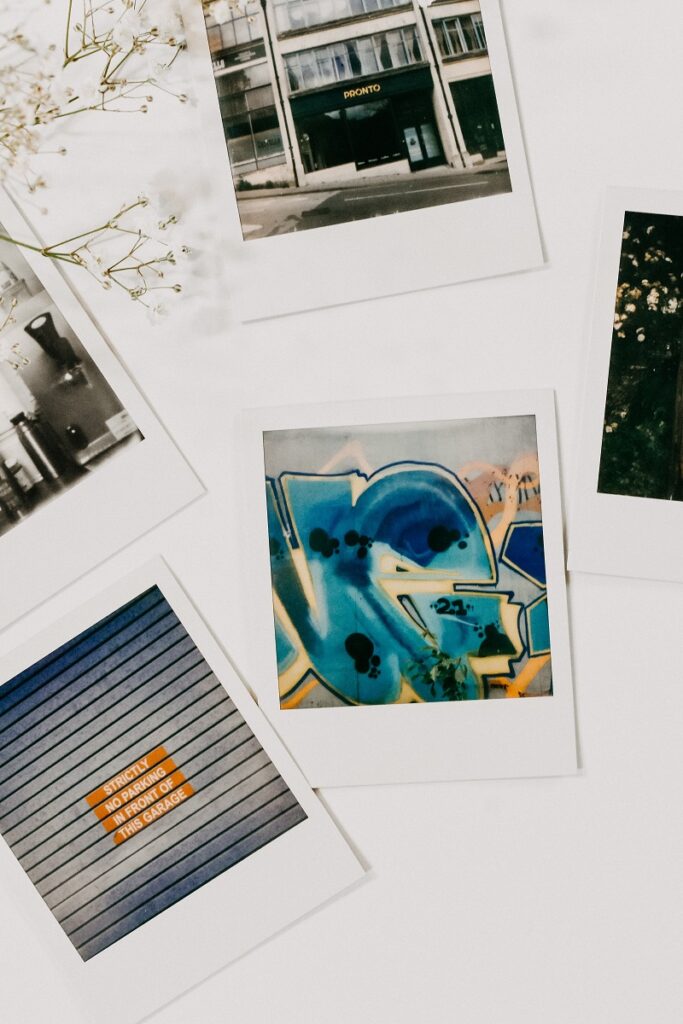
Choose vintage-looking subjects, locations, backgrounds, and props
It’s easy to make a vintage-looking image by just applying one of the popular filters on your phone. But if you are looking for an authentic-looking vintage image and you want to create it from scratch – start with content. Choose your subject, background, location, props, hair, and makeup thoughtfully.
Having a new model of the car or a person holding a smartphone is not the best way to express the feeling of old times, and it really breaks the illusion. Instead, look for timeless objects to include in the image. Or go deeper and try to find old-timers, analog gadgets, and antique items. Visit flea markets, antique shops, or even Amazon and you’ll find plenty of inspiration and items for your photoshoot.
Vintage Style Wood Decorative Suitcases
If you want to focus on portrait photography, think of hairstyles, makeup, and clothing as well. You want them to match the era and the mood of an era as much as possible. These seemingly small things are the biggest part of what makes a vintage image.
Location-wise, shooting outdoors in nature is a no-brainer. But location can be an important character in your image(Have you seen The Grand Budapest Hotel?) You can find great spots for your vintage image in old hotels, diners, and old towns…
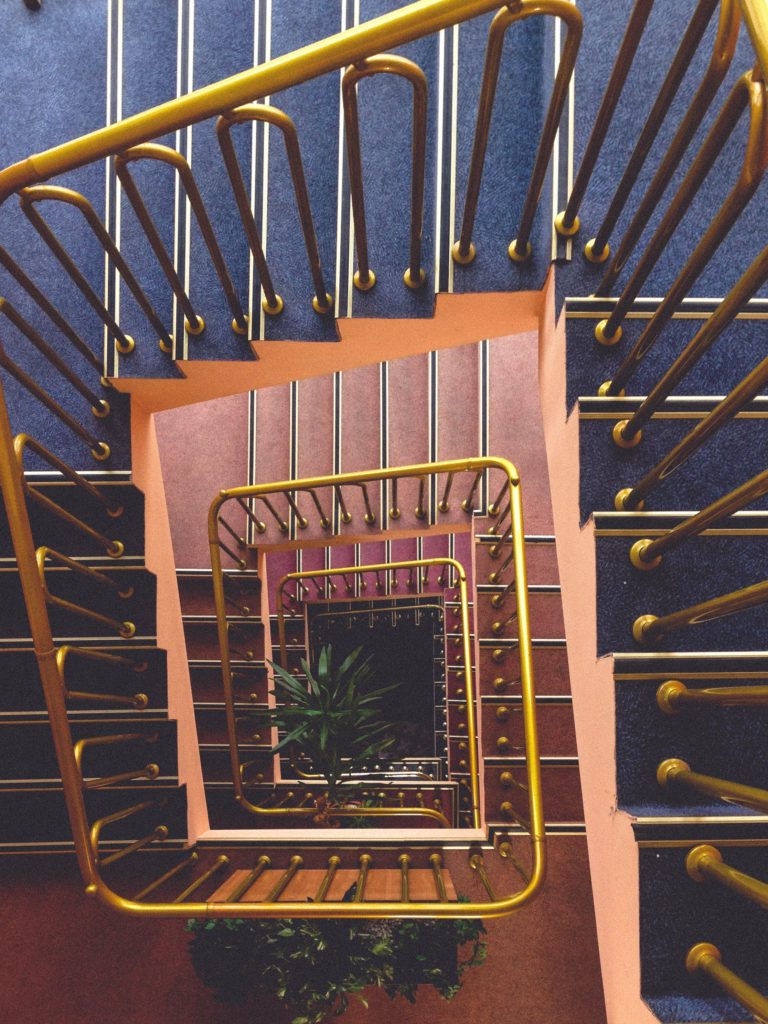
Adjust the In-Camera Image Settings
Adjusting in-camera image settings is a fundamental step in achieving an authentic vintage photography style. While post-production techniques play a significant role, crafting the desired look begins right at the moment of capture. Deliberately tweaking settings such as exposure, white balance, and contrast can infuse your images with a nostalgic aura. Consider slightly underexposing your shots to replicate the lower dynamic range of older cameras, lending a sense of mystery and depth. Experiment with warmer or cooler white balance settings to evoke the color tones of specific eras, enhancing the overall mood. Fine-tuning contrast and saturation can help emulate the faded, matte quality characteristic of vintage prints. By mastering these in-camera adjustments, you lay the foundation for a genuinely timeless and captivating vintage aesthetic.
Think of the model’s pose
This is another critical part of the vintage-looking image. Do some research and study the era you want to recreate. If you compare a few eras through images, you’ll find that people in those images have quite different poses on them. That’s the subtle element where you can feel the zeitgeist of the particular era.
Help the model by guiding them through the poses or show them old images so they can get the direction and vibe you are looking for. Maybe you are shooting a pin-up style image and you want them to look overly flirty, or to catch casual and free-spirited as in the 70s. Pay proper homage to the era you want to recreate, and do your homework beforehand. In the end, the aesthetic of that time inspired you, so be thoughtful of the details.
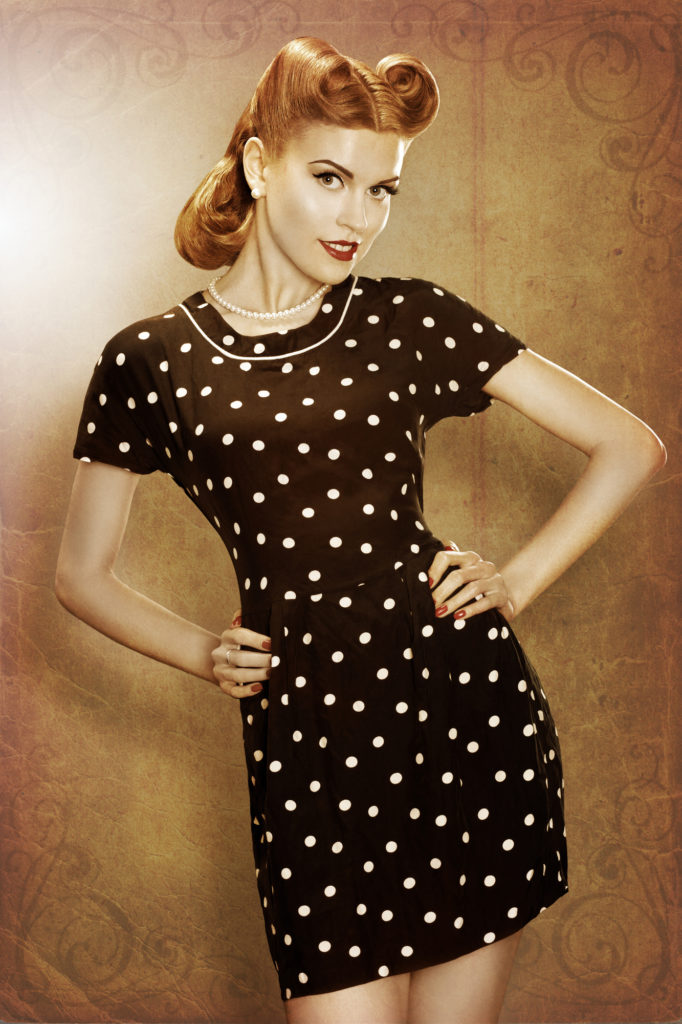
Optimize your lighting
Many old photographs have that soft, hazy look. If you are not using the old camera and equipment, you can replicate that look with a modern DSLR as well. One option is to buy diffusion gels to emulate that dreamy haziness of old photos. You can also play with shooting through different kinds of gauzy fabrics. You’ll need to experiment to get the effects you want. That’s why this is a great creativity exercise. You have more hands-on experience and you are creating your effects while shooting, not in the post-production.
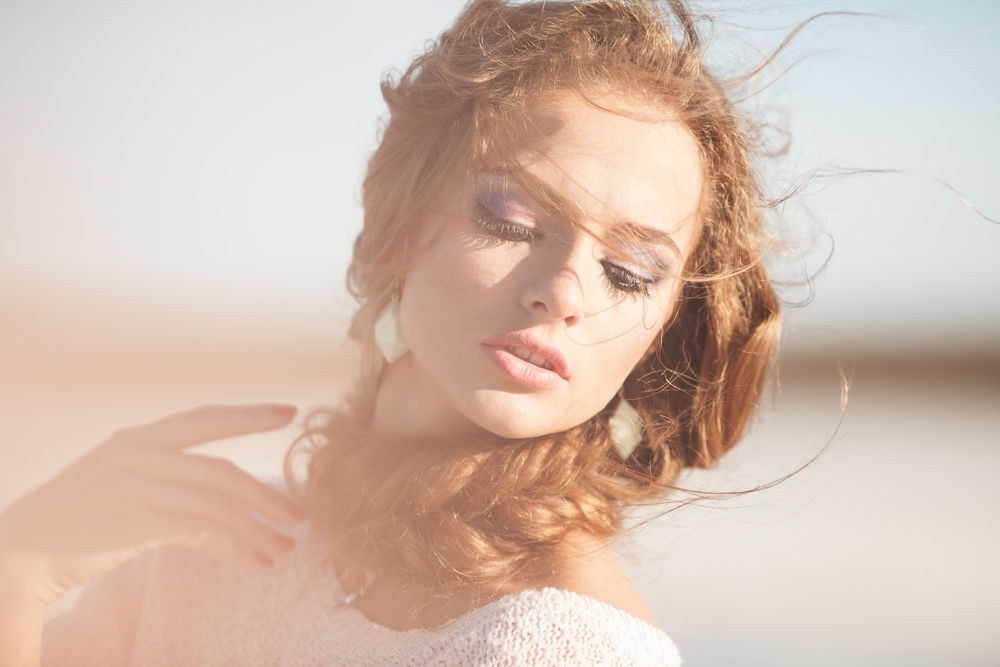
Get That Old-Hollywood Look in the Studio
Many portraits of old Hollywood actors and actresses look almost like film stills. To create such photographs, lighting plays a huge role. And thankfully, unlike the 50s and 60s when those setups were expansive, today are within reach for every photographer. Watch the tutorial to see how to set up simple yet effective lighting for creating those glamorous and mysterious old Hollywood-style portraits.
Create a Vintage Photography Style in Post-Production
Now that you have all the elements of what makes vintage photography in an image, it is time to spice it up and add even more charm in post-production. Old cameras produced often unpredictable, but interesting effects, such as blurred images, vignettes, light leaks, and distortions. These things you mainly want to avoid when taking images, but in creative photography, and especially in vintage photography they add a special flare
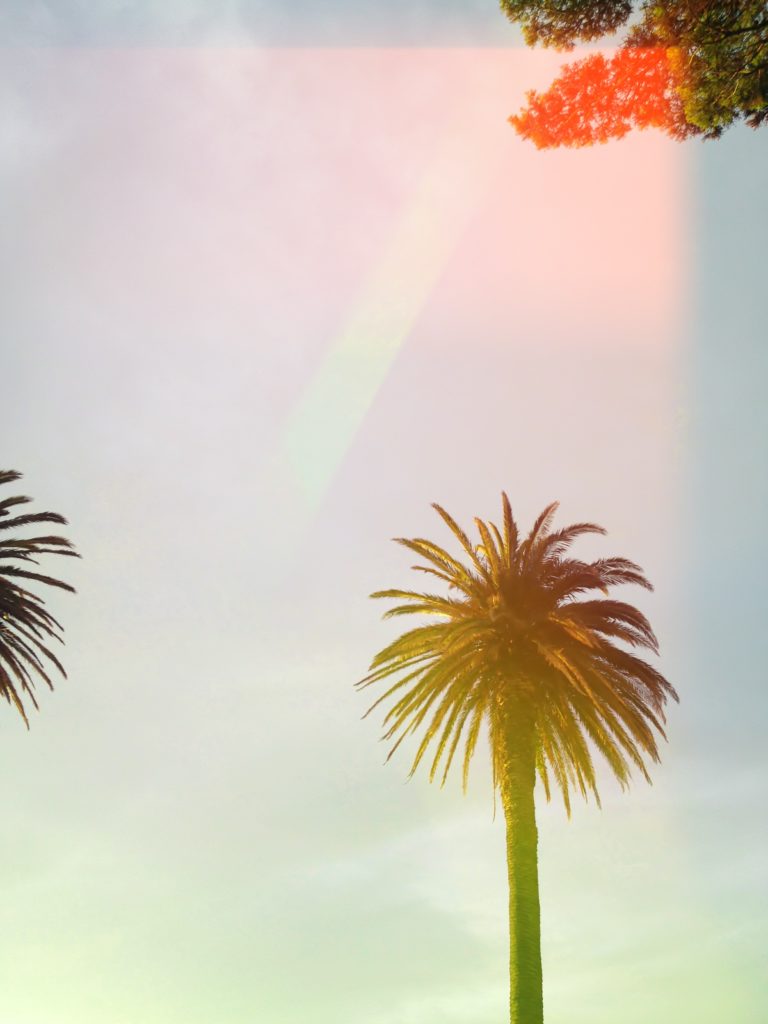
Apply vintage Lightroom Preset
Definitely, the easiest way to get a certain vibe only in one click is by applying the Lightroom preset. Lightroom is a huge advantage for today’s photographers when it comes to achieving a certain style or mood of the image. The great thing about Lightroom presets is you can also make adjustments to the settings after you apply them to get the perfect look for that particular image.
There are plenty of paid and free presets online, especially for vintage-style looks, which are very popular these days. There are a great many photographers who share their presets for free or at a
nominal price which you can use as a springboard for your own vintage-style images. Here is our pick of free vintage Lightroom preset for you to start creating those moody images today!
- Rebecca Lily’s Lightroom presets
- 7 Free Vintage Lightroom Presets | Vintage Film Look
- 10 Free Vintage Lightroom Presets
- Vintage Film Lightroom Presets
- Cinematic HDR Lightroom Preset
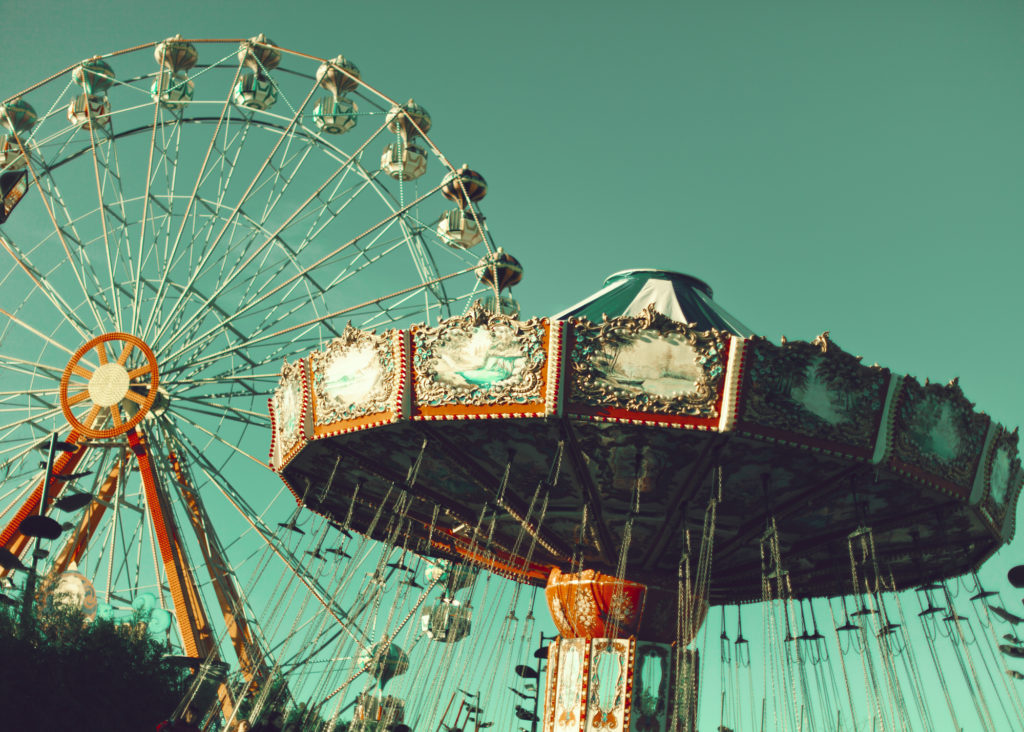
Fade the Colors
If you want to have a hands-on experience and have complete control over your editing, here are a few things that characterize old images, that you can do in post.
One of the most distinct things you notice in an old photo is how faded the colors are. The vintage style has everything to do with color and saturation. Earlier, during the 50s and 60s, color images were made with specific dyes that tended to fade with age. Tone down your contrast to create a “flatter” feel. You can achieve that faded look by going to the curves panel in Photoshop or Lightroom and then sliding the left side of the RGB curve up. This way you will remove the true black from the image, creating a low-contrast, matte effect.
Another thing you can play with is by lowering the saturation and vibrancy of the images. Old photos aren’t vivid. For even greater effect and to make it pop, you can add red, pink, or yellow undertones.
Apply the Texture
Just like faded colors, texture is another characteristic of old images printed on paper. When images spend a lot of time being carried around, glued to albums, and put in shoeboxes in the attic, it affects them. Damage and imperfections that occurred due to dirt, fingerprints, stains, and water spots, that happened over the years are the things that give them a vintage look. Old photos tell a story in so
many more ways than just the image itself. Embrace the flaws of old images, and give them that wear and tear look by applying textures digitally onto your images.
Much like the presets, you can download textures and apply them to your images in Photoshop. Import them as a separate layer above your image, go into Blending Modes, and choose Soft Light, Lighten, or Darken. Then make a black mask, and with the white brush reveal your texture layer where you want it to be visible. You can lower the opacity of the texture layer, and play with Levels to achieve the look you want.
The sky is the limit when using textures, and you can even photograph your own textures! Here are some of the free vintage textures you can download online:
- Large Vintage Skies Textures
- Vintage paper TEXTURE PACK
- Grunge Texture Pack 04: black
- 10 Free Dust & Dirt Overlay Textures
- FREE VHS TEXTURE PACK
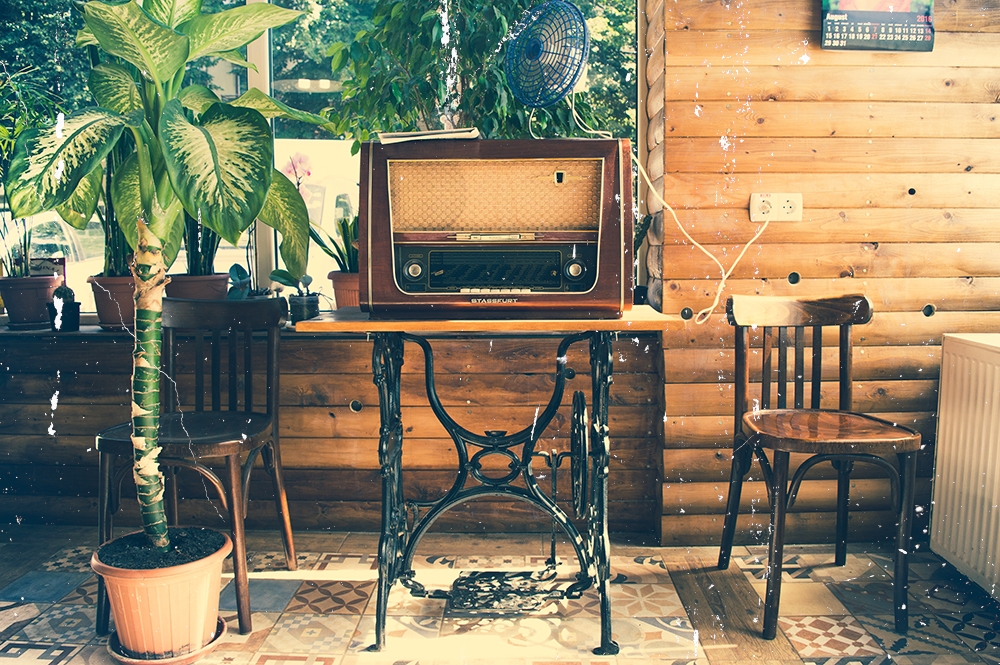
Convert Images to Monochrome
Monochrome photography includes all forms of black-and-white photography. Other hues besides grey used in monochrome photography are sepia, cyan, and brown. Earlier, the monochrome look was produced by different photographic and chemical processes. But today, those are easily achieved in any editing software. You can use presets, or convert them first to black and white and then add the tint in the option Split Toning in Lightroom.
It’s not really retro, as black and white is an art form in itself. But deliberately omitting all colors gives your photos a timeless feel – even if their content is completely contemporary, like the photo of commuters with their smartphones below.
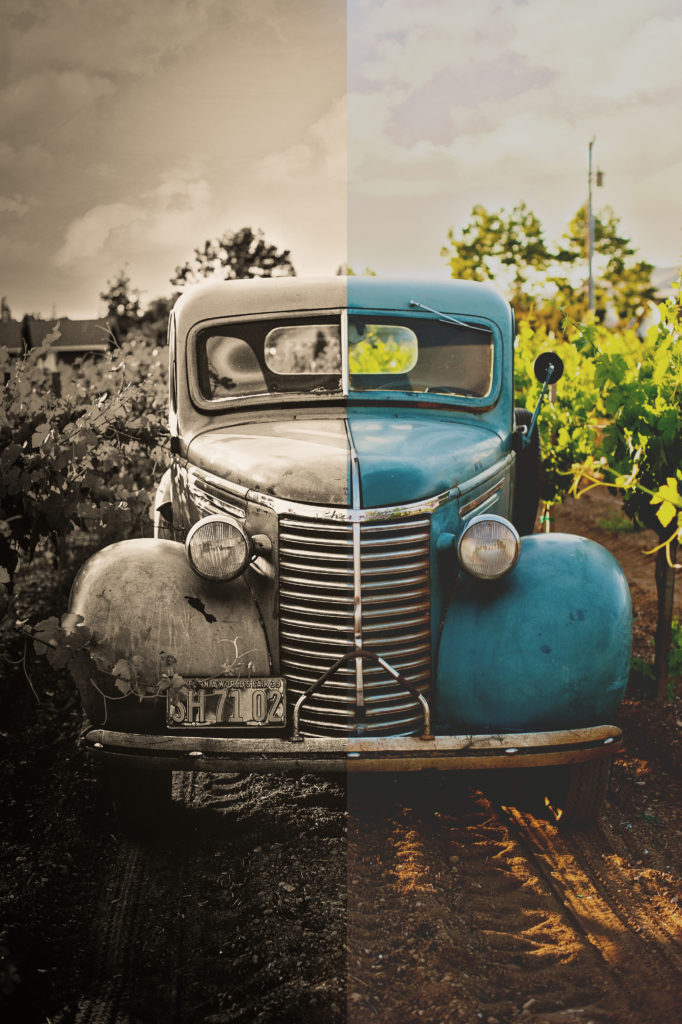
Blur the Images
Today’s cameras take tack-sharp photos. But it never used to be that way: The cameras used back in the day had lenses that were less sharp and rendered much less detail. Add a little (or a lot!) of a blur to your photos and they’ll immediately look less perfect, which gives them an altogether different vibe. It’s also a look you can go for when shooting: Just focus on something other than the intended subject and play with the blur.
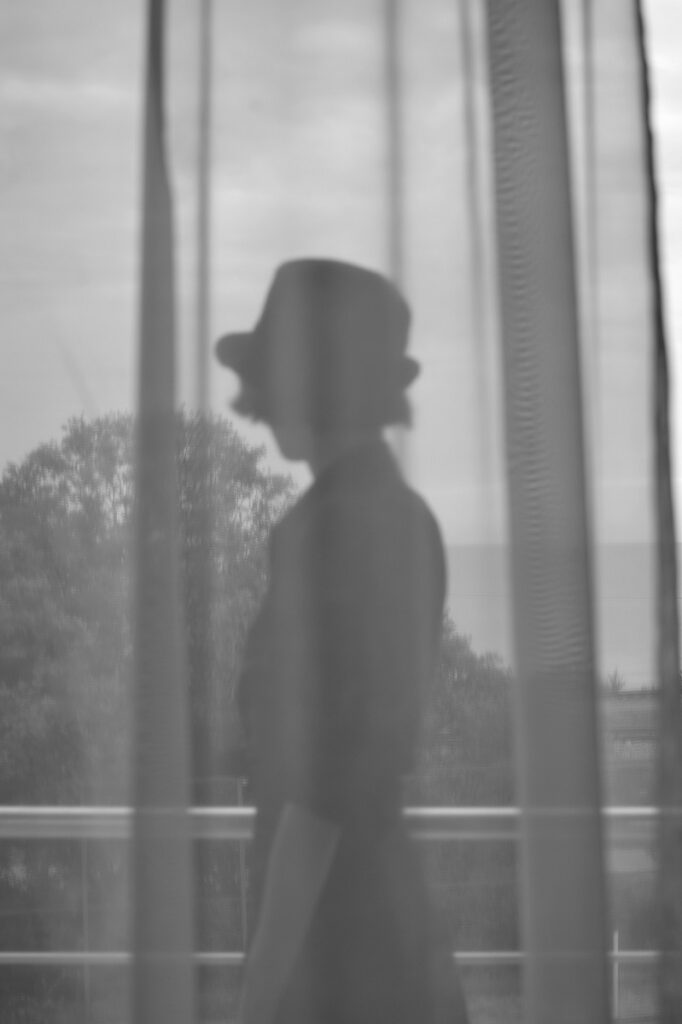
Try Vintage Photography Yourself!
These are just a few tips to help you add a vintage look and feel to your photography. Experiment and don’t be afraid to try new (or old) techniques. Remember, the only way to level up your photography game is to practice. Read our article on how to become a better photographer.
As with any style or trend in photography, there is always room for individuality. Study the examples, and find what works for you. While it is important to study the groundbreaking and iconic photographs of the past, emulating someone’s style, it is hard to move forward. There is a vast difference between inspiration and imitation. A nostalgic style can have a great effect on communicating a message. But style without substance creates work that fades from memory.
As time goes on, our definition of retro gradually evolves. The fast pace of technological progress and changing tastes make aesthetics and objects seem old very quickly. Keep in mind that “retro” is but a feeling – that can be redefined by each photographer and with each edit.
